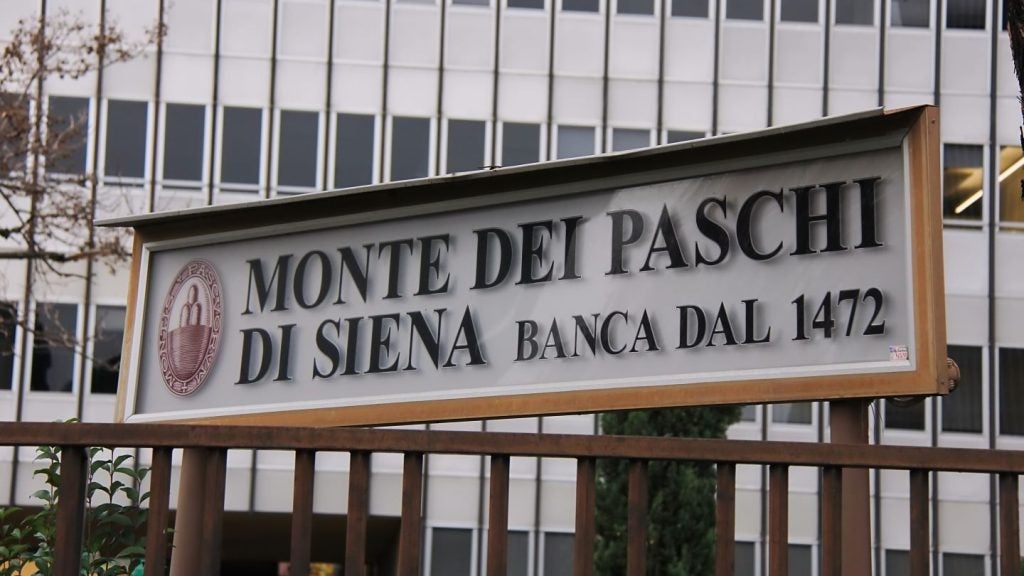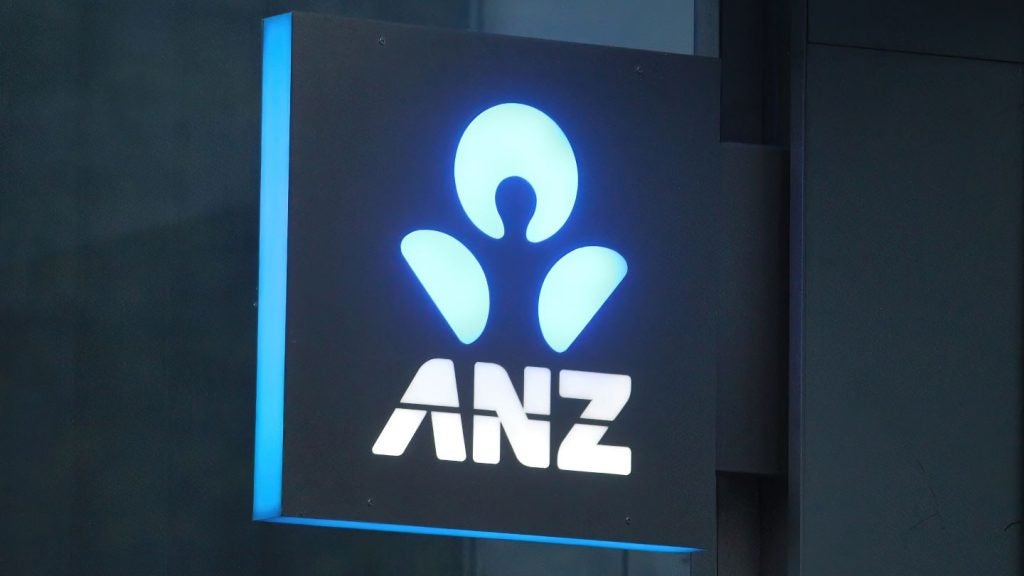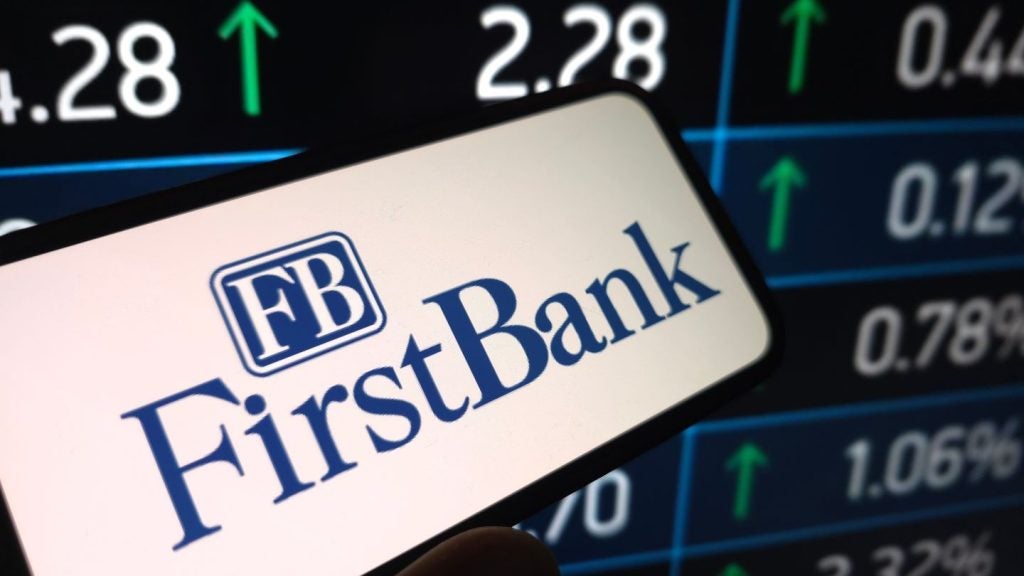Almost two in three (61%) banks globally will significantly increase their spending on payment technology in 2016, according to a new report from technology firm Ovum. This is up significantly on 2015, when just over half (52%) increased their IT expenditure on payment technology.
The report attributed the boost in spending to increased emphasis on security, changing consumer behaviour, and new technologies – such as Blockchain, mobile payments, and real-time payment transactions.
According to the report, the proportion of banks reporting significant increases in payments’ spending (over 6%) has leaped from near 10% to almost 30%.
Ovum said that such a major shift is representative of the transformative levels of change happening in the payments market.
Gilles Ubaghs, senior analyst within Ovum’s Financial Services Technology team, said: "Investment levels in payments have been high in recent years, driven by the need to deploy new payment services, cope with the overall rise in electronic transaction volumes, and replace ageing legacy infrastructure. 2016 will see an increase in this trend."
Ovum surveyed CIOs and other senior IT decision-makers in over 60 countries and processed data from around 6,500 interviews in 17 industries for this report.

US Tariffs are shifting - will you react or anticipate?
Don’t let policy changes catch you off guard. Stay proactive with real-time data and expert analysis.
By GlobalDataThe research firm said that banks’ raising investment in payment tech is aided by growing concerns over security and the need for regulatory compliance, with over 70% of retail banks reporting a rise in expenditure on security and anti-fraud technologies.
"Security is always a core issue for both vendors and enterprises alike and the market is set to see renewed levels of investment activity in 2016. This will be driven by the need to find new means of authentication while reducing risk and the burgeoning growth in tokenization technologies. Investment in the US in particular is likely to be high as the country continues its shift towards EMV," Ubaghs explained.
Highlighting retail banks’ concern with adding security with new ways of paying, 34% of the respondents cited biometric technology as a priority for the coming year.
The report noted that unexpected lack of success experienced by platforms such as Apple Pay has taught banks a valuable lesson.
Even with the best laid intentions, it remains extremely difficult to force consumers to use new products and services without incorporating a clear ‘why’ case, said Ovum. The customer interface is not the same as the customer experience, and banks need to create a more compelling story for consumers with their platforms.
"Even the magic wand of Apple has not been enough to jumpstart the mobile proximity payment market -. With similar platforms from Google and Samsung now emerging, it would appear these platforms face several years of steady slog towards mass acceptance," Ubaghs added.
The report also commented on the impact of Blockchain technology on the payments landscape. The report said that Blockchain and distributed ledger technologies are finally approaching practical applications as the regulatory environment begins to become clear.
"Not every organisation will need the Blockchain in the short term, but what they will need is an understanding of where it can fit into their organisation. The scale of implications of the Blockchain suggests slow movers are likely to miss out in the long term," Ubaghs concluded.







